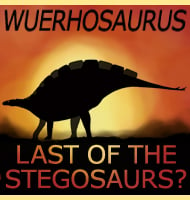Atlascopcosaurus
In Depth Unfortunately like with so many other Australian dinosaurs, Atlascopcosaurus is based upon the description of very incomplete remains, in this case part of a jaw. This jaw was been compared to other dinosaur types which has yielded the conclusion that Atlascopcosaurus was probably a member of the Euornithopoda. Also a very rough estimate … Read more
